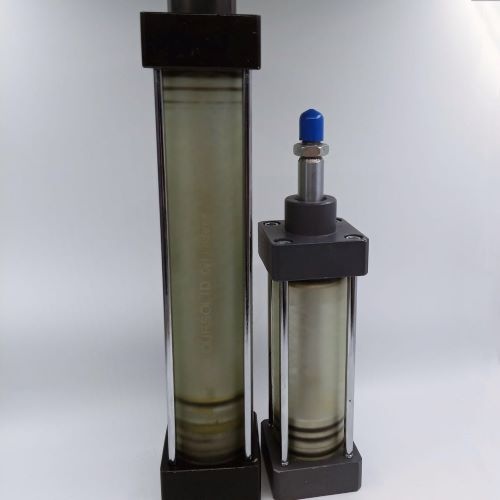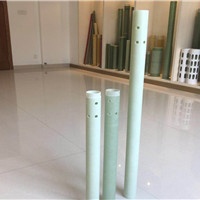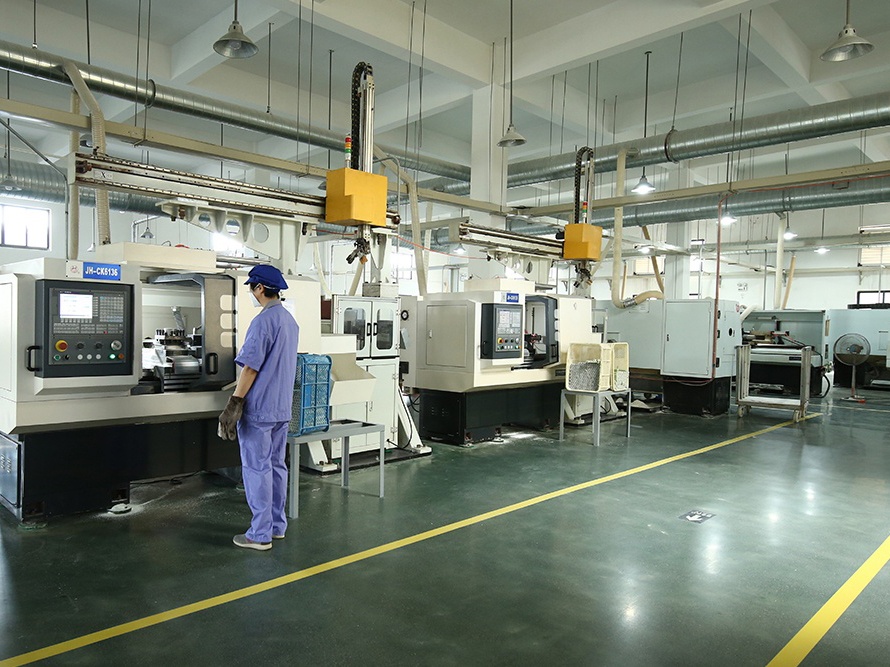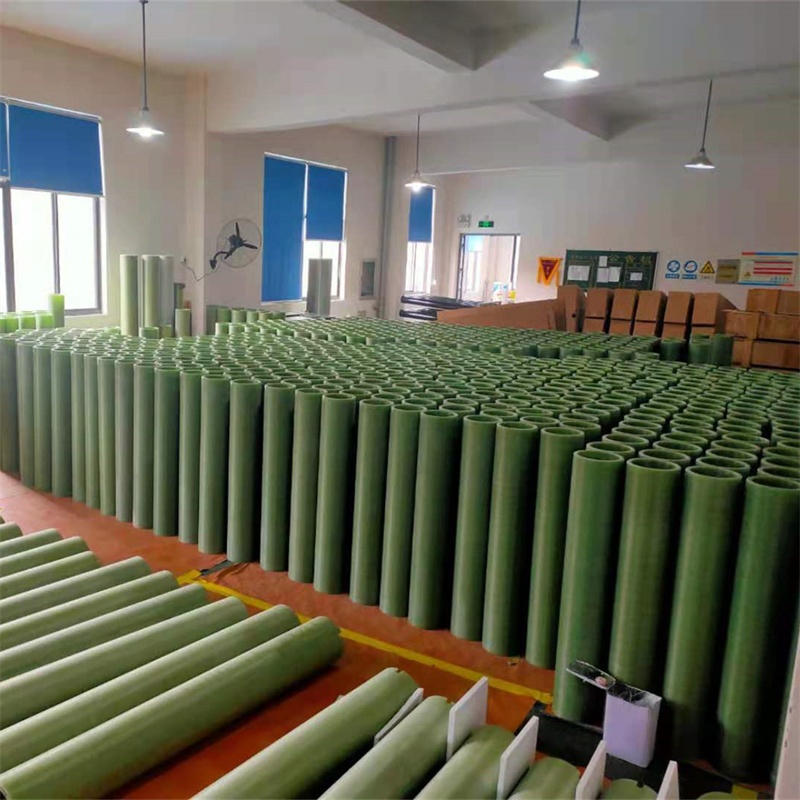FRP tubes for seismic retrofitting of buildings
Introduction
Seismic retrofitting is the process of strengthening existing buildings to help them be more resistant to earthquakes. Earthquakes can cause significant damage to infrastructure, leading to property destruction, loss of life, and economic loss. Seismic retrofitting with fiber-reinforced polymer (FRP) tubes is a new and innovative method to retrofit buildings to make them seismically safer. This paper explores the techniques, benefits, and considerations of using FRP tubes for seismic retrofitting.

FRP Tubes for Seismic Retrofitting
FRP tubes are made from different types of fibers such as carbon, glass, and aramid. They are filled with cementitious grout that binds the fibers together and is used to retrofit structures. FRP tubes are lightweight, high-strength, and have excellent resistance to corrosion, making them a suitable material for seismic retrofitting.

Advantages of using FRP tubes for seismic retrofitting include:
1. Lightweight: FRP tubes are significantly lighter compared to traditional retrofitting methods such as steel.
2. High strength: The unique composition of FRP tubes provides excellent strength characteristics.
3. Cost-effective: FRP tubes lower labor and time costs due to their easy installation, which translates to a lower cost compared to traditional retrofitting material.
4. Flexibility: FRP tubes enhance flexibility in retrofitting techniques such as column confinement, beam wrapping, and joint retrofitting, increasing the enhancement of the performance capabilities of existing structures.
Types of FRP tubes commonly used in seismic retrofitting:
1. Carbon FRP Tubes: Carbon fiber composites exhibit incredible strength, durability, and stiffness making them the ideal material for retrofitting steel, reinforced concrete, and masonry structures.
2. Glass FRP Tubes: Glass Fiber Reinforced Polymer tubes are manufactured of glass fibers that are weaved, impregnated with a polymer matrix, and wrapped in layers.
3. Aramid FRP Tubes: Aramid FRP Tubes have a unique high-strength and high modulus, offering excellent fatigue resistance under tension and left for moderate strength.
Seismic Retrofitting Techniques with FRP Tubes

Column Confinement Technique
The column confinement technique is used by wrapping an FRP shell around a reinforced concrete column, which increases the column's strength and ductility. The shell holds the concrete core securely and reduces its tendency to split in a diagonal direction under earthquake-induced forces.
Beam Wrapping Technique
The beam wrapping technique involves covering reinforced concrete beams with FRP tubes, which primarily increases their strength and stiffness. The FRP tube provides excellent protection from shear forces, cracking, and corrosion, leading to better performance capabilities from the beam.
Joint Retrofitting Technique
The joint retrofitting technique is used to retrofit reinforced concrete column-to-beam connections. FRP tubes are wrapped around and bonded to the joint areas, increasing their strength, and improving their capability to resist cyclic loads caused by earthquakes.

Design Considerations
Guidelines for selecting appropriate FRP tubes
- Determine the loading requirements and required strength.
- Consider the long-term durability and resistance to environmental elements.
- Consider compatibility with existing structural components.
- Ensure the FRP tube is compatible with different types of grout materials used for filling.
Factors to consider in designing FRP tube retrofitting systems
- Consider the retrofitting techniques that will be employed.
- Ensure that the design is compatible with local building codes.
- Consider the feasibility and cost implications of the chosen design.
Case Studies
Examples of successful projects that have used FRP tubes to retrofit structures to make them more seismically safe abound. Marmaray in Istanbul, Turkey, is a railway line that was retrofitted with carbon FRP tubes to increase its resistance to earthquakes. In another example, the Institute of Structural Engineering in Zurich used carbon FRP tube retrofitting techniques to reform a bridge in 2012.
Conclusion
FRP tubes have become widely accepted as an innovative approach to retrofitting buildings against seismic activities globally. FRP tube retrofitting techniques are cost-effective, long-lasting, and require minimal time to install, making them a suitable option for retrofitting existing structures. Choosing the right type of FRP tube for the target structure, retrofitting technique, and the relevant building code can offer superior outcomes.
Comparison with Other Seismic Retrofitting Techniques
FRP tubes have several advantages over traditional retrofitting methods such as steel jacketing and concrete encasement. They are considerably lighter than steel jacketing, making them more cost-effective to handle and transport. Concrete encasement is also more labor-intensive than installing FRP tubes, which require less time to install.
Durability and Maintenance
FRP tubes are an excellent retrofitting option due to their high resistance to corrosion and improved strength characteristics. These materials are typically durable, making their maintenance easy during their operational life span.
Environmental Considerations
The use of FRP tubes for seismic retrofitting purposes is advantageous as it contributes to sustainability measures such as reducing waste from construction activities, reducing the carbon footprint from transportation, and promoting eco-friendliness from the raw materials used in the production of the FRP tubes.

Challenges and Future Directions
The challenges of implementing FRP tube retrofitting techniques include compatibility issues with existing infrastructure, limited durability when agitated, and variable installation quality. Research is ongoing to enhance the existing strengths of FRP tubes and reinstate their quality, prolonging the life-cycle and reliability of strengthened structures.
Economic Considerations
Although FRP tubes may seem initially more expensive than traditional retrofitting methods, together with the flexibility offered in retrofitting techniques, they provide an economical retrofitting option. The ease of installation translates to lower labor costs and reduced downtime, leading to overall lower project costs.
Regulatory Requirements and Standards
There are local, regional, and national regulations mandating seismic retrofitting to reduce the environmental, property and human loss resulting from earthquakes. Guidelines for implementing retrofitting techniques are provided by building codes specific to the required retrofitting, including the placement of the FRP tube reinforcement.
International Applications
The FRP tube retrofitting method is widely promoted globally and has been successfully applied in various countries worldwide. The standard practices and techniques implemented in each country vary depending on the local building regulations, retrofitting requirements, and overall maintenance schemes.
In summary, seismic retrofitting with FRP tubes has several advantages over traditional retrofitting techniques such as steel jacketing and concrete encasement. The construction industry professionals must understand the benefits, design considerations, and guidelines for retrofitting existing infrastructure to make it seismically safer. As research advances, we can expect future developments that will provide better retrofitting technologies and strategies for infrastructure.

